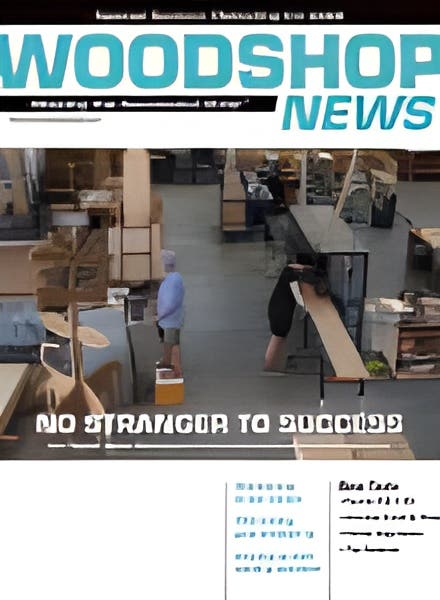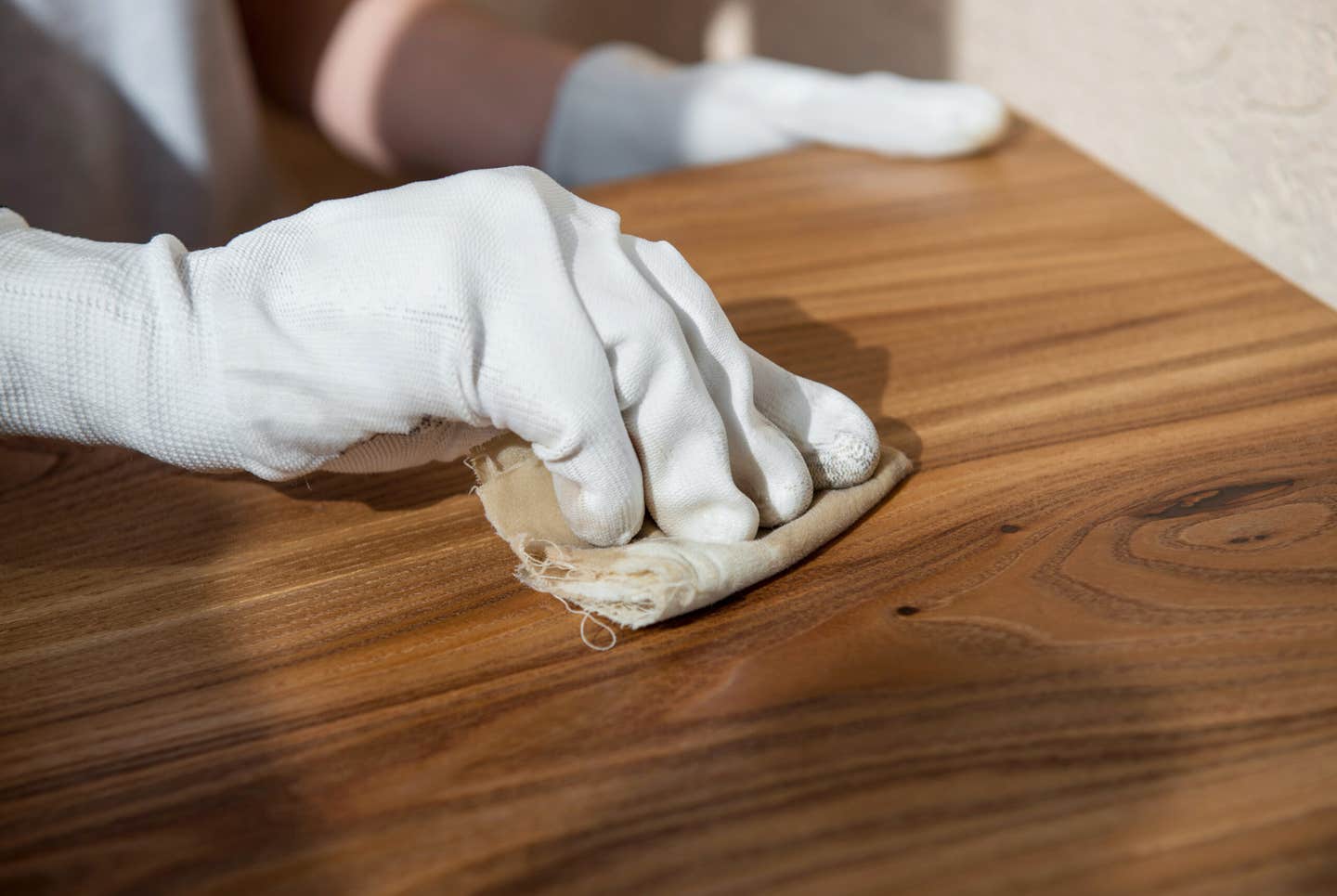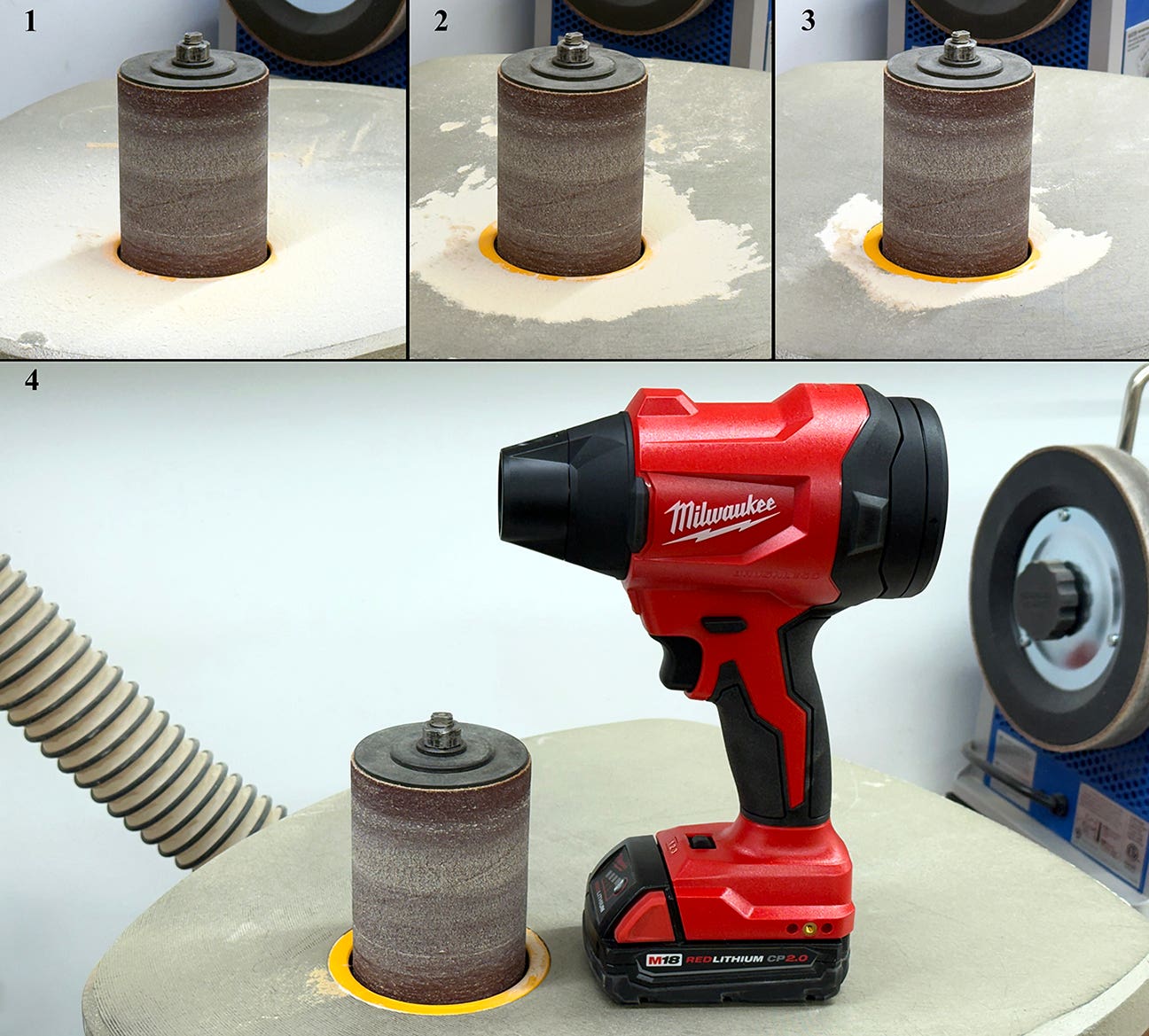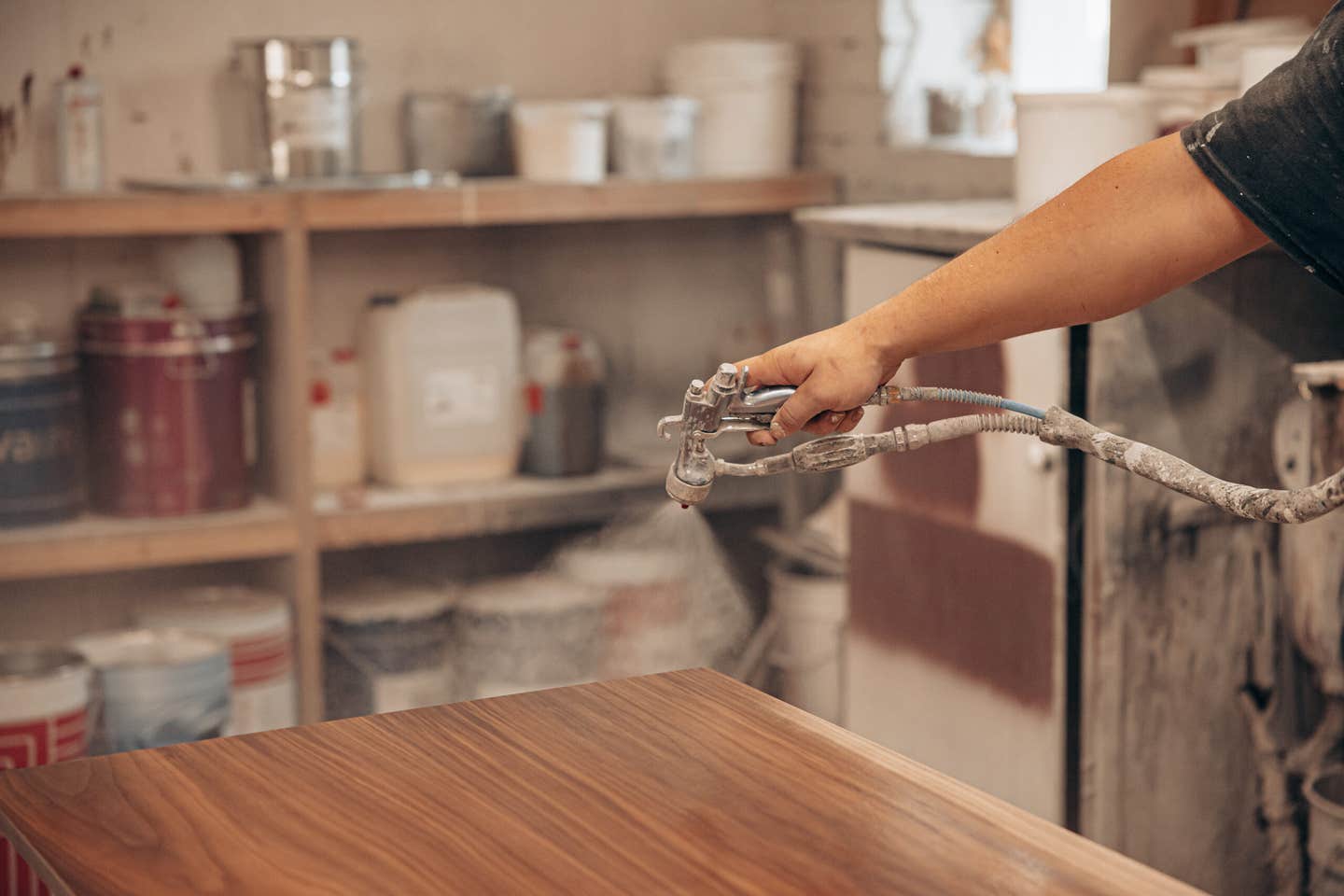End of an era
1953. That’s when woodworkers were first able to buy an entire shop in a box with the commercial introduction of the Shopsmith Mark V. Hans Goldschmidt invented the concept in…
1953. That’s when woodworkers were first able to buy an entire shop in a box with the commercial introduction of the Shopsmith Mark V. Hans Goldschmidt invented the concept in the late 1940s, tinkering with it in the form of the Shopsmith 10 and 10E for a few years, until it was ready to go full-scale in the marketplace.
And go it did. The Shopsmith was powered by a single 3/4-hp motor, but it folded and unfolded like a woodworking Transformer into five separate tools. Those early models combined a table saw, lathe, drill press, horizontal boring machine and a disc sander. All the user had to do was flip one part here, rotate another part there, and shift yet another part vertical, and bingo: An entire shop at your disposal.
Those original machines cost about $235, which, even when translated to 2025 dollars, was a pretty good deal back then.
But the company shut its doors in September, bringing an end to one of the most successful — and possibly most loved — American-made woodshop machines. They’re actively seeking a buyer.
In the meantime, Shopsmith is still fulfilling outstanding orders, so anyone who ordered one before the announcement will still get theirs. But once the last one ships, the company becomes history. And what a history it was.
While the machine remained functionally the same, it was steadily reworked and improved. A higher-powered motor came first, and then over the years Shopsmith added new functions to some versions of the machine that, once again, turned it into a different tool — band saw, jigsaw, belt sander, jointer.
The most recent model, Mark 7, offers a digitally controlled motor, touchscreen and outstanding fit and finish. The Mark 7 is a seven-in-one tool including a 10" table saw, 34" lathe, 12" disc sander, horizontal boring, and over-table router, 16-1/2" drill press and an under-table router. The price was $5,995.
I never had one, but I’ve had woodworking friends — both pro and DIY — who did, and while a lot of them upgraded their shops with standalone machines, they always had good things to say about their Shopsmiths.
A.J. Hamler is the former editor of Woodshop News and Woodcraft Magazine. He's currently a freelance woodworking writer/editor, which is another way of stating self-employed. When he's not writing or in the shop, he enjoys science fiction, gourmet cooking and Civil War reenacting, but not at the same time.







